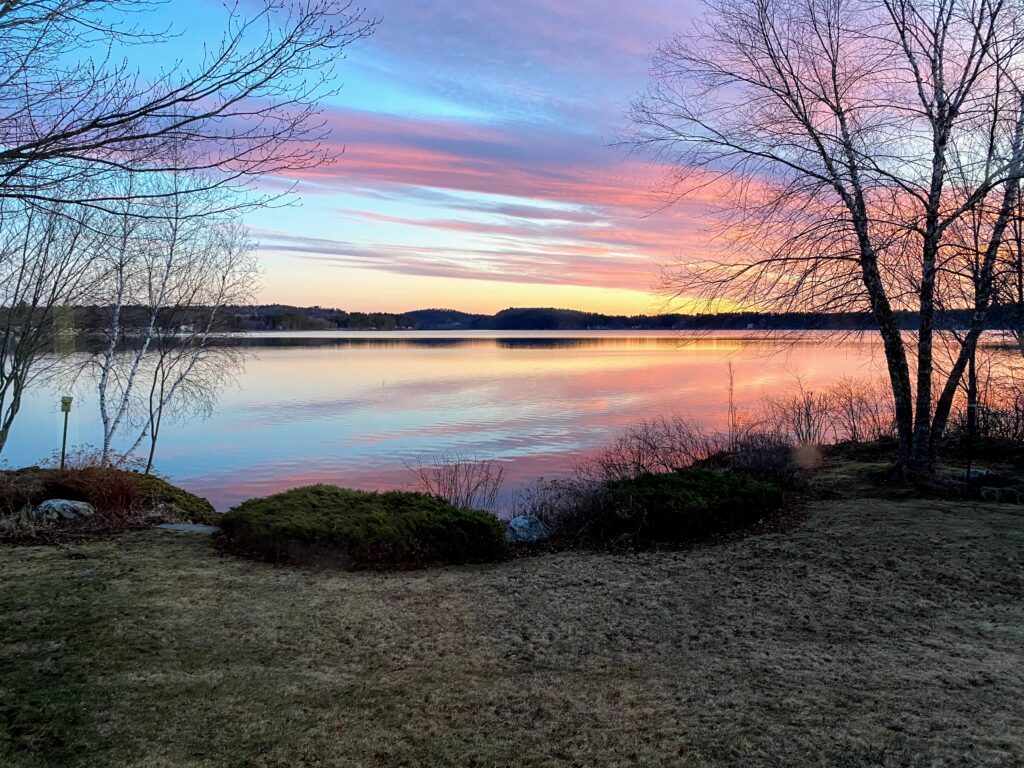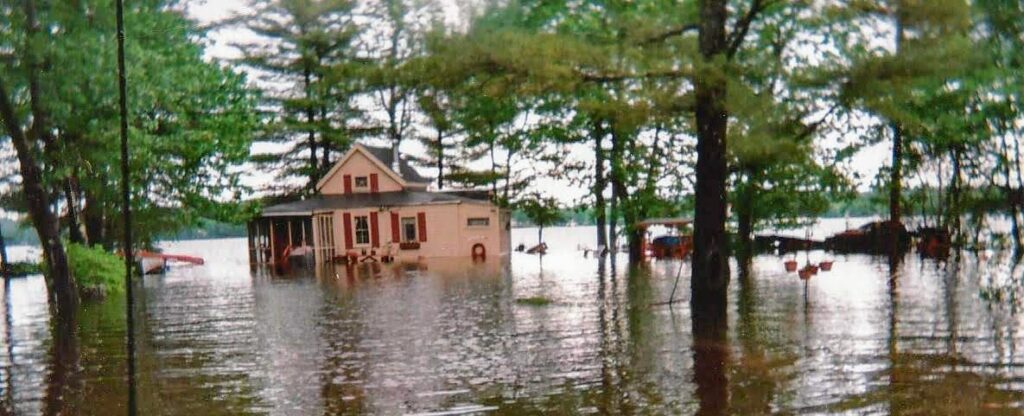August 4, 2019
Approximately 45 people gathered at the Taylor Pond Yacht Club for the Annual Meeting.
President Dana Little began the meeting by introducing board members who were present: Ed Gray (treasurer), Susan Trask (secretary), Woody Trask, Barbara Mitchell, Bill Turner, Larry Faiman, and Luci Merin (member-elect).
Dana announced that the featured speaker, Erica Kidd of the Auburn Water District, would not be able to attend because of a death in her family.
The minutes from last year’s annual meeting were approved after some clarification regarding the terms of board members.
Dana reviewed the issues that came about in the last year:
- Hotel Rd. Bridge After great anticipation, we learned that the Hotel Road bridge construction will not happen this year. The State had planned to do the construction this year, but all of the bids for highway construction came in higher than anticipated, so several of the projects had to be put off for another year. Bettyann Sheats did discover that the plan has also been changed from building new (bigger) culverts, to a single bridge span, which actually may be a better plan.
- Agricultural Zoning As most Auburn residents know, the Mayor and the City Council are wrestling with some proposed changes to the agricultural zone that may have the potential to increase development for both watersheds. Such development could lead to increased phosphorous runoff. At last year’s meeting, many attendees signed a petition which Barbara Mitchell carried to the Zoning Board. For various reasons, our proposed amendment to the previous zoning change (which would have allowed a major construction project at Lost Valley) was rejected. Because of the ongoing Ag Zone issues, we have let this issue go for now. We will continue to monitor the process.
- Fire Safety Once again we helped the Auburn Fire Department win a $500 grant from a federal agency to conduct a chipping day. About a dozen homeowners from around Taylor Pond participated by having the AFD chip their collected brush. Clearing and disposing of dead and low-hanging brush is one important way to reduce the risk of brush fires. The area around Taylor Pond is densely populated, but also surrounded by trees, which makes it vulnerable to such fires.
- Lake Auburn Watershed Protection Meeting Dana a board member Donna Morin met with Erica Kidd at the Auburn Water District to discuss issues of mutual interest. As noted above, Ms Kidd had planned to be the featured speaker at our meeting, but had to cancel at the last minute because of a death in her family.
LakeSmart Grant The TPA Shoreline Improvement Grant Program is still up and running. Dana is a certified LakeSmart evaluator, and he will come and inspect your property for you to make recommendations about lake-friendly improvements. He emphasized that he does not report any problems to anyone but the homeowner! He will point out problems and suggest ways for you to fix them in addition to consulting on improvement projects you may have in mind. Once your project is completed, you may submit your invoices for up to $500 in reimbursement if the work complies with best practices. No grant applications have been received this year, and only one was received last year. Don’t miss this great opportunity to not only beautify your property but also help protect Taylor Pond!
Secretary job Susan is retiring as secretary after 14 years of serving in that capacity, so we are looking for someone to take that position. She has been handling communications and archives plus the yearly newsletter. However, those two tasks do not necessarily have to be done by the same person. Susan received a very warm appreciation from those present.
Treasurer’s Report Ed reported that he has added twelve more emails to our membership list. We currently have 124 dues-paying members. We have a balance of $29,694.
New board members Dana proposed the slate of directors for a vote to include returning members Bill Turner, Woody Trask, Barbara Mitchell, and Marc Tardif, and new member Luci Merin. The slate was approved unanimously.
Water quality report Woody reported that he and Michael Heskanen have both been working on water quality testing. Michael does weekly Secchi Disk readings and Woody conducts the more thorough monthly analyses. We had a really good year in 2018 with especially low phosphorous readings. It’s been good so far this year as well.
There was some discussion about the globs of green slime that we all seem to be seeing. Dana says they are metaphyton, which is a collection of algae in long strings. When it dies it turns brown, which is why we sometimes see brownish water near the edges of the water. There is no relationship between the green blobs and water quality.
Someone asked, “What should we never never do?” Answer: Never fertilize, and don’t create a lawn right up to the water. Create a buffer strip instead! Another question was asked about pollen; it is not harmful. One person is concerned about milfoil found in the lake. Dana said there is a difference between milfoil and invasive milfoil, which can take hold in a shallow lake like ours in a very short period of time. You can take a sample to the Lake Stewards of Maine and they will identify it if you are not sure what you are seeing.
Dana reported that he attended the Lake Associations of Maine conference, where he learned about an outbreak of toxic algae at East Pond in Smithfield (north of Augusta). With the support of the federal government (at a cost of about a half million dollars) they applied alum, which bonds with the phosphorous. It appears to be working. This treatment will also be used in Lake Auburn to help prevent another fish kill. It’s a delicate process which can kill the fish if applied incorrectly. We are fortunate to have not had an algae bloom here. At the Lake Stewards of Maine meeting he attended, they talked about global warming and its effect on Maine lakes. With wetter winters, drier summers, and earlier ice-outs, Taylor Pond remains especially vulnerable. This is all the more reason to stay vigilant with our lake-friendly practices.
Boat ramp: Questions were raised about the status of the boat ramp. Greg Cyr, who owns the Campground where it is located, has been frustrated by boaters misusing the property. They have left trash and neglected to pay. Last year he made some substantial improvements to the ramp and built a gate. The gate is open in the summer on Fridays and Saturdays from 8 am to 7 pm. It is important for everyone who uses it to be respectful. The only other alternative we have is to contact Norm Croteau, who will allow boats to launch by appointment for a substantial fee. In the past the State has explored the idea of putting in a ramp, which would include a small parking area. Most are in agreement that this would encourage day-trippers, and would substantially increase the risk of a milfoil invasion.
The meeting was adjourned at approximately 8:15, and members enjoyed some snacks and socializing before departing.
Respectfully submitted,
Susan Trask, Secretary

